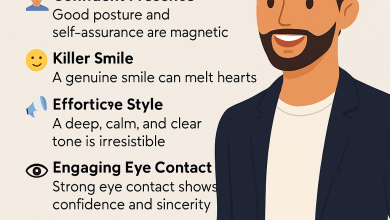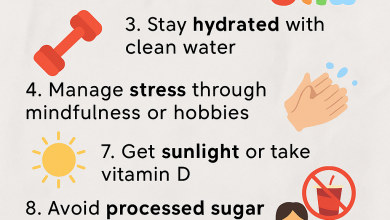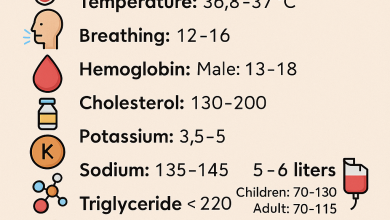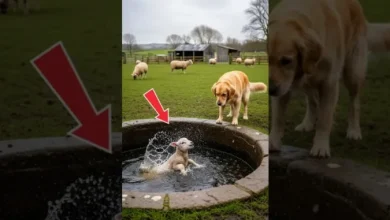Gaslighting vs. Respectful Communication: What’s the Difference?

In any relationship—romantic, professional, or familial—communication can either build trust or destroy it. Sometimes, what may seem like a casual remark can actually be a form of gaslighting, a manipulative tactic that invalidates someone’s feelings and distorts their reality.
Here’s a comparison between common gaslighting phrases and their respectful, emotionally intelligent alternatives:
🔥 Gaslighting Phrases (What not to say)
-
“I’m sorry you feel that way.”
→ This puts the blame on the other person for feeling hurt, rather than acknowledging your role. -
“That’s not what happened.”
→ Flat-out denial can make someone question their memory or sanity. -
“It’s frustrating that you can’t even take a joke.”
→ Disguising insults as humor invalidates feelings and is dismissive. -
“You’re just overreacting, as usual.”
→ This phrase minimizes emotions and labels someone as irrational. -
“I guess I’m just a really bad partner.”
→ Self-pity deflects accountability and turns the attention away from the issue.
✅ Respectful Phrases (What to say instead)
-
“I’m sorry I made you feel that way.”
→ Acknowledges the impact of your actions and takes responsibility. -
“That’s not how I thought it happened.”
→ Offers your perspective without denying theirs. -
“I meant it as a joke, but it came across really wrong.”
→ Shows willingness to own up and correct misunderstandings. -
“I now see this is a very important issue for you.”
→ Validates the other person’s feelings and opens a path for empathy. -
“What I did was wrong, and I’m sorry.”
→ Simple, direct accountability. No excuses.
Final Thought:
“The most dangerous form of gaslighting is when it becomes so much a part of the relationship that you don’t even realize it’s happening anymore.”
Awareness is the first step to healthier communication. The goal is not to win an argument—but to understand, connect, and grow together.




